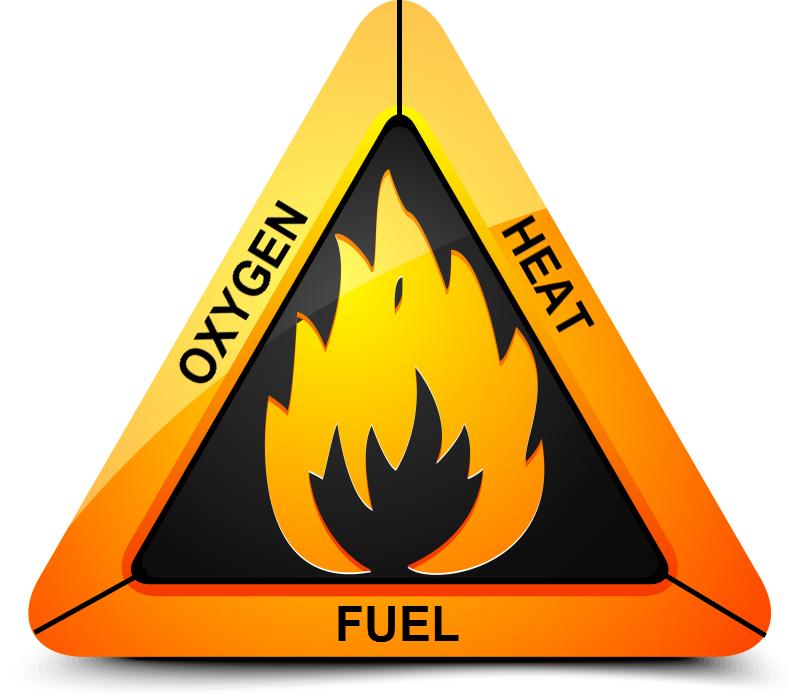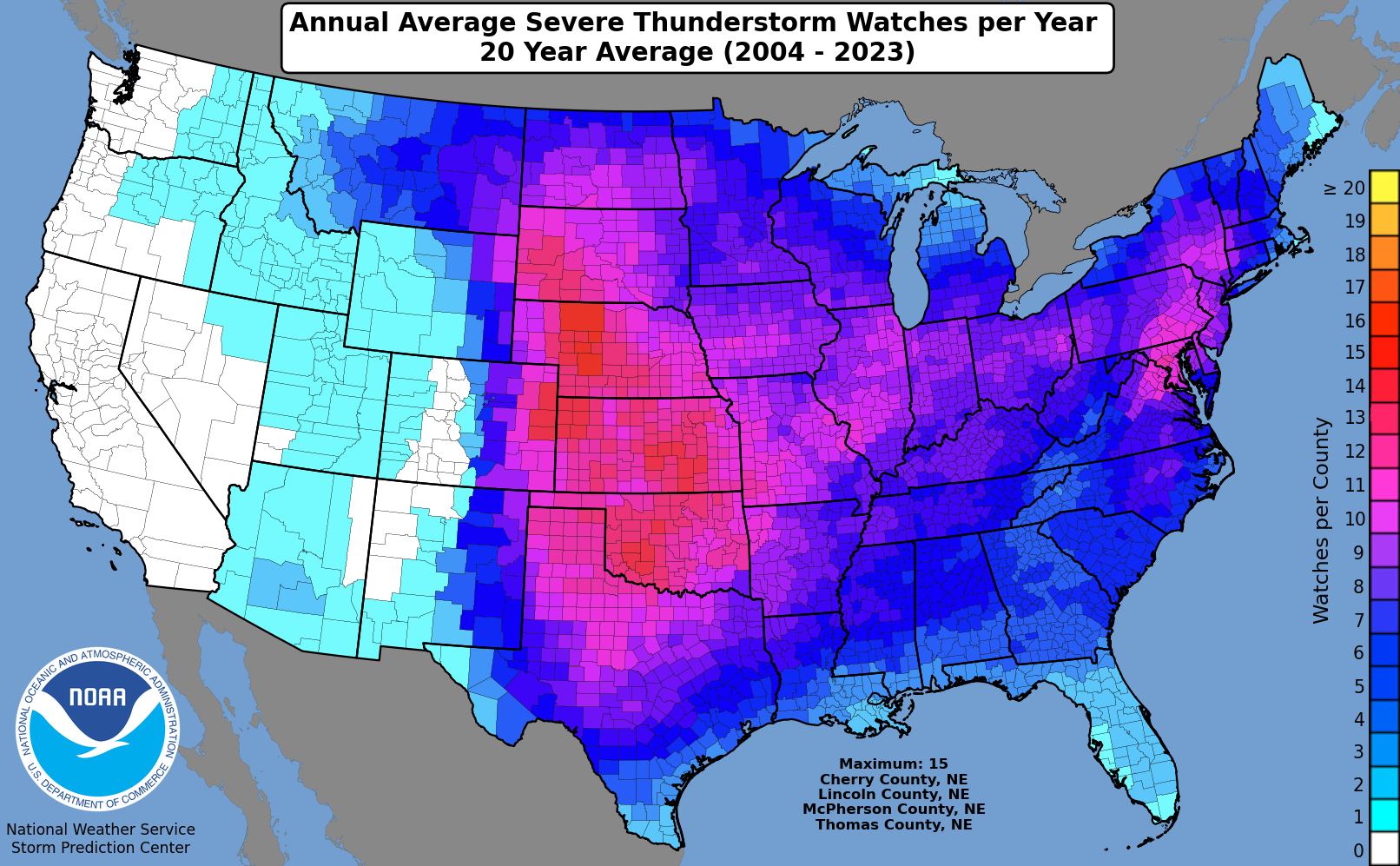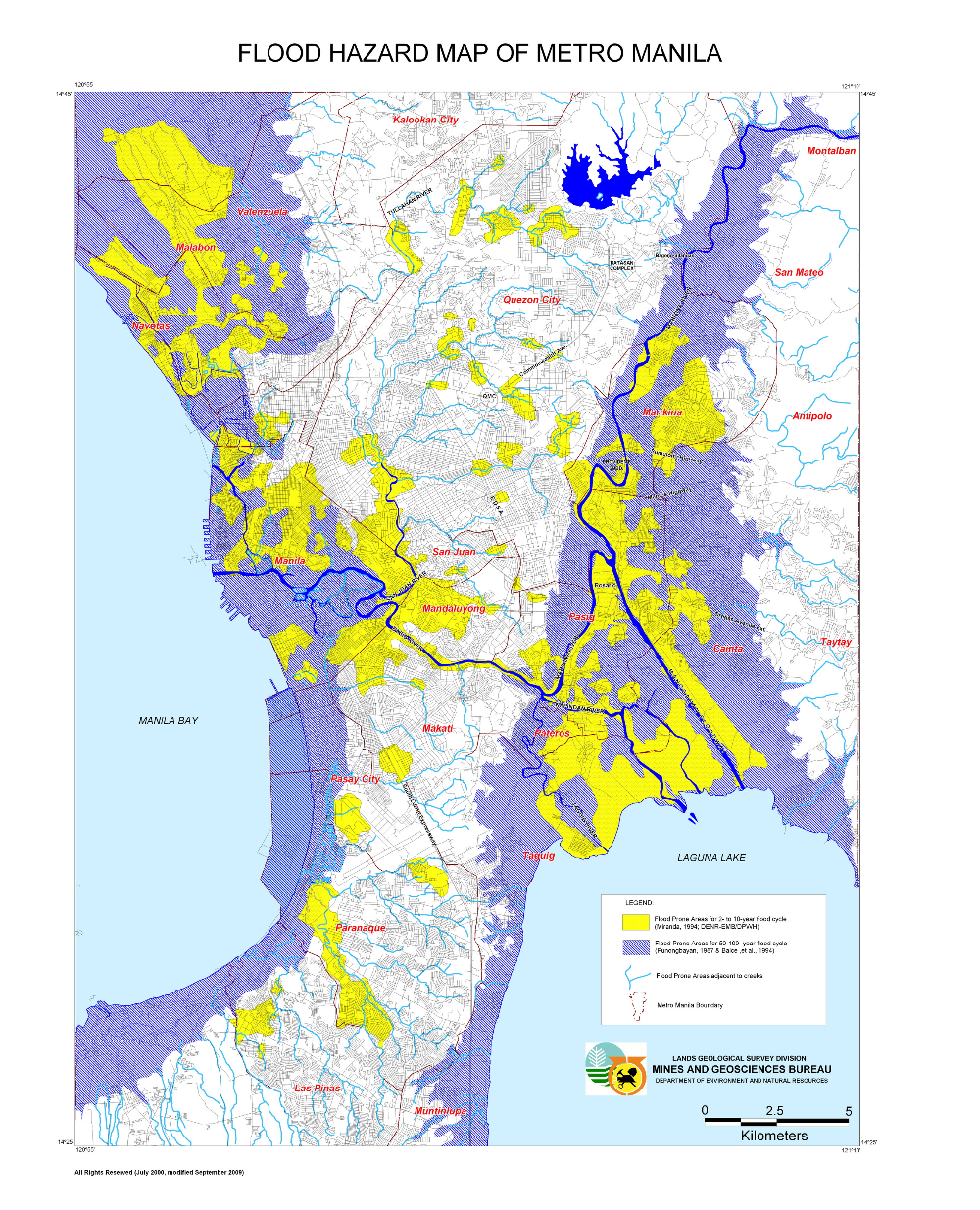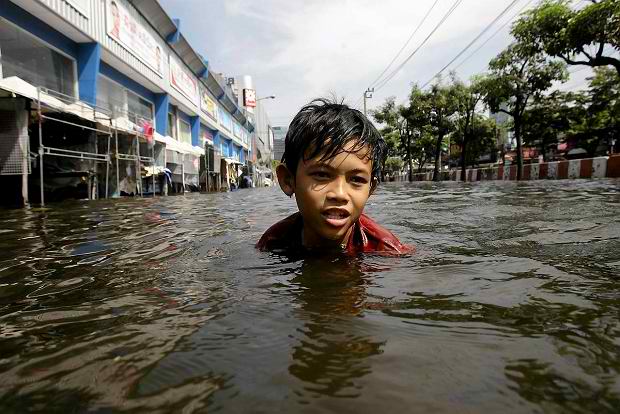
1. Cooking Equipment
Pots and pans can overheat and cause a fire very easily if the person cooking gets distracted and leaves cooking unattended.
2. Heating
Keep portable heaters at least one metre away from anything that could easily catch fire such as furniture, curtains, laundry, clothes and even yourself.
3. Smoking in bedrooms
Bedrooms are best to be kept off limits for smoking. A cigarette that is not put out properly can cause a flame, as the butt may stay alit for a few hours.
4. Electrical Equipment
An electrical appliance, such as a toaster can start a fire if it is faulty or has a frayed cord. A power point that is overloaded with double adapter plugs can cause a fire from an overuse of electricity.
5. Candles
Candles look and smell pretty, but if left unattended they can cause a room to easily burst into flames. Keep candles away from any obviously flammable items such as books and tissue boxes.
6. Curious Children
Kids can cause a fire out of curiosity, to see what would happen if they set fire to an object. Keep any matches or lighters out of reach of children, to avoid any curiosity turned disaster.
7. Faulty Wiring
Homes with inadequate wiring can cause fires from electrical hazards. Some signs to see if you’ve bad wiring are:
1) Lights dim if you use another appliance;
2) For an appliance to work, you have to disconnect another;
3) Fuses blow or trip the circuit frequently. Have a licenced electrician come and inspect you house, or contact your landlord if you have any of the above occurrences.
8. Barbeques
Barbeques are great for an outdoor meal, but should always be used away from the home, tablecloths or any plants and tree branches. Keep BBQs regularly maintained and cleaned with soapy water and clean any removable parts.
9. Flammable Liquids
If you have any flammable liquids in the home or garage such as petrol, kerosene or methylated spirits, keep them away from heat sources and check the label before storing. Be careful when pouring these liquids.
10. Lighting
Lamp shades and light fittings can build up heat if they are very close to light globes. Check around the house to make sure. Lamp bases can become a hazard if they are able to be knocked over easily, and so should be removed if they are.
Here’s a chart about the Leading Causes of Home Structure Fire from 2009-2013































